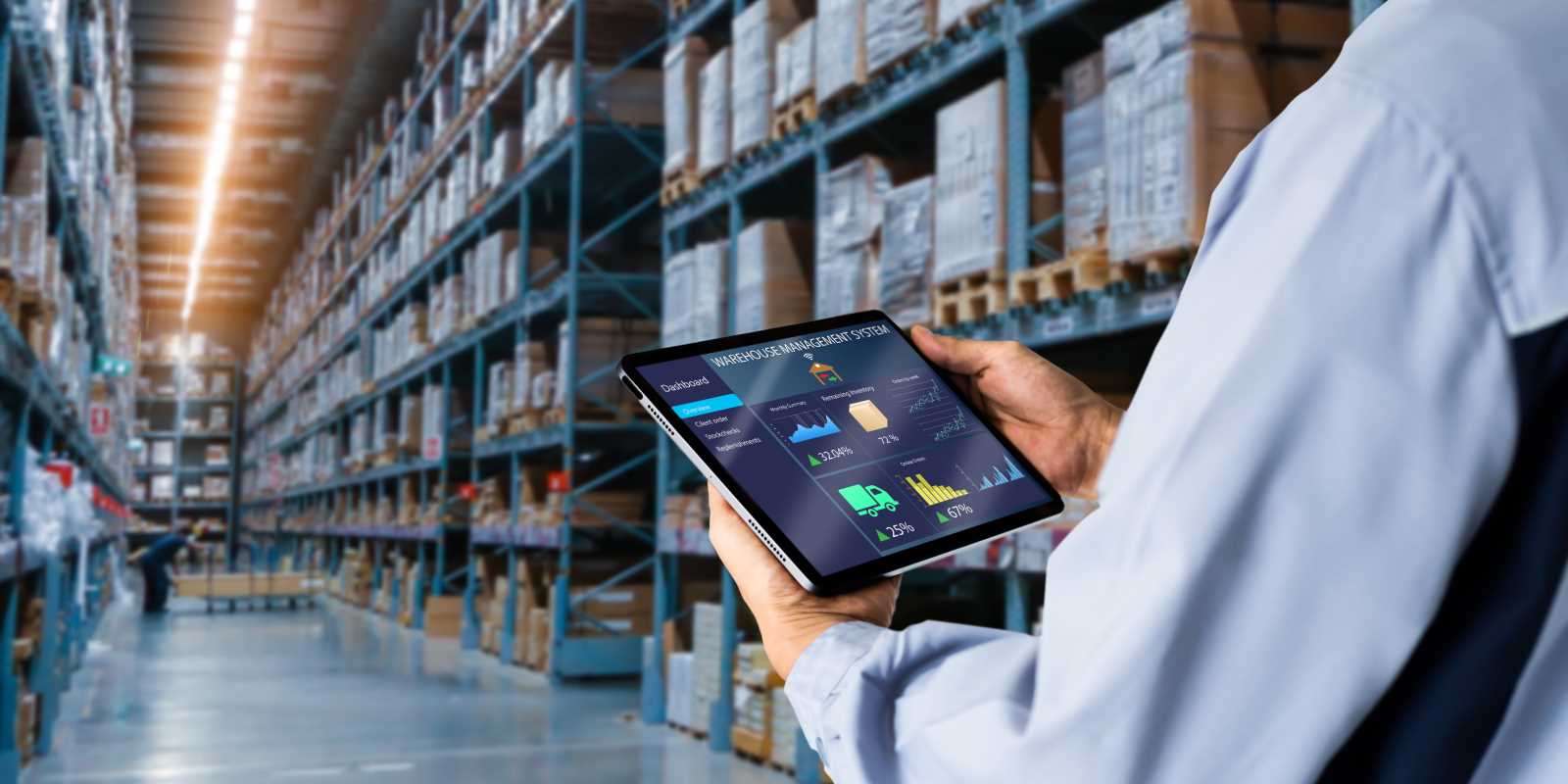The landscape of education has been transformed by technology, turning classrooms into hubs of interactive and accessible learning. Across the spectrum from elementary to high schools, educational technology tools have become indispensable in shaping the teaching and learning experience. They play a pivotal role in boosting student engagement and accommodating a variety of learning preferences. By embracing these innovative tools, educators can ensure that the educational process is not only effective but also enjoyable, fostering an environment where students can thrive and take an active role in their own learning journey.
The evolution of EdTech has opened up new avenues for teaching and learning. Educators have supplemented traditional methods with digital tools that promote collaboration, creativity, and critical thinking. As technology continues to advance, educators must stay updated with the latest EdTech tools to provide the best learning experience for their students.
Tool 1: Interactive Whiteboards
Interactive whiteboards have changed the way teachers present information. These digital boards allow educators to display multimedia content, making lessons more dynamic and engaging.
- Multimedia Integration: Incorporate videos, images, and audio to enhance lesson plans.
- Interactive Features: Enable students to participate in lessons through touch and digital input, creating a more interactive learning environment.
- Real-Time Feedback: Provide instant feedback during lessons, helping to keep students on track and engaged.
With interactive whiteboards, teachers can create a more visually stimulating classroom. This captures students' attention and aids in better retention of information. The ability to save and share lessons digitally makes it easier for educators to prepare and organize their teaching materials.
Tool 2: Learning Management Systems (LMS)
Learning Management Systems are essential for organizing and managing educational content. These platforms streamline the distribution of materials, assignments, and assessments, making it easier for both teachers and students to stay organized.
Key features of LMS include:
Scheduling flexibility allows educators to post assignments and deadlines that students can access at their convenience. This flexibility supports various learning paces and styles, ensuring that all students have the opportunity to succeed.
Tool 3: Online Collaboration Platforms
Effective collaboration plays a crucial role in modern education. Online collaboration platforms facilitate communication and teamwork among students and teachers, regardless of their physical location.
- Real-Time Editing: Multiple users can work on the same document simultaneously, enhancing group projects and collaborative assignments.
- Communication Tools: Integrated chat and discussion forums enable continuous dialogue and idea sharing.
- File Sharing: Easily share resources and materials, ensuring that everyone has access to the necessary information.
These platforms create a sense of community and cooperation within the classroom. By enabling seamless collaboration, educators can create a more interactive and supportive learning environment where students can learn from each other.
Tool 4: Educational Apps
Educational apps offer a wide range of functionalities that support diverse learning needs. From interactive quizzes to language learning tools, these apps make education more engaging and personalized. Incorporating various educational apps into the curriculum enhances the learning experience and makes difficult subjects more approachable.
By utilizing a variety of EdTech tools, teachers can customize their teaching methods to better suit their students' individual needs. These apps often include features such as progress tracking and personalized feedback, which are invaluable for both educators and students in monitoring and improving performance.
Educational apps provide a great way to integrate technology into everyday learning without requiring extensive technical knowledge. They give educators versatile tools that can be used both inside and outside the classroom, promoting continuous learning and engagement.
Tool 5: Video Conferencing Software
Video conferencing software has become a staple in education, especially with the rise of remote and hybrid learning models. These tools enable real-time interaction between teachers and students, bridging the gap created by physical distances.
Using edtech tools like video conferencing software offers numerous benefits:
- Live Interaction: Facilitate real-time discussions, lectures, and Q&A sessions.
- Accessibility: Allow students to attend classes from anywhere, ensuring continuity in education.
- Resource Sharing: Easily share screens, documents, and other resources during live sessions.
Video conferencing software often includes recording capabilities, allowing students to revisit lectures and catch up on missed classes. This flexibility proves particularly useful for accommodating different learning paces and schedules.
Adopting these EdTech tools can significantly enhance the educational experience, making learning more interactive, accessible, and effective. Educators who embrace these technologies equip themselves to meet the diverse needs of their students and prepare them for a technologically advanced world.
Incorporating these tools into teaching methods can lead to improved student engagement and outcomes. As technology continues to evolve, staying informed about the latest EdTech innovations helps educators maintain a dynamic and effective learning environment.
 (Image via
(Image via





